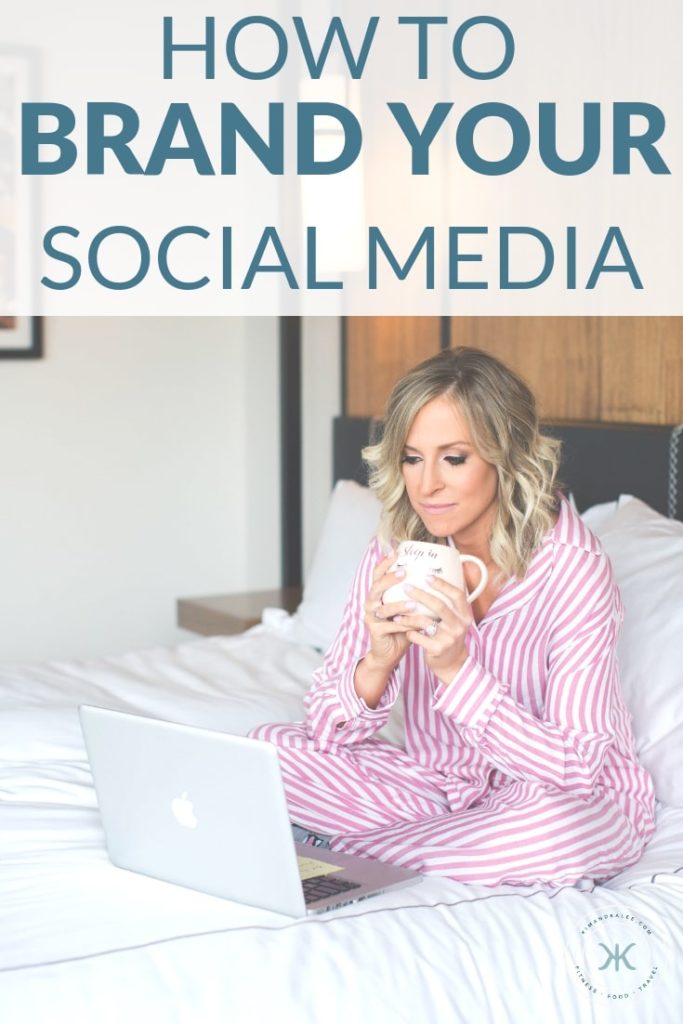
Get Our Complete Guide to Creating a Brand for Free
What is Your Personal Brand?
Your personal brand online will be your reputation. It’s what people know you for and more importantly – how you make them feel.
Two large categories in personal brands are people who are relatable and people who we admire. An example of a relatable brand would be IMomSoHard, and a brand we admire may be Gwyneth Paltrow. You’ll notice both market to similar audiences, but how both brands approach motherhood and life are different.
So – be thinking, do you want to be relatable or admired? Both are good!

Books on Creating a Brand
If you’re interested in learning more about online marketing, you will likely love these books as well!
- Building a Story Brand by Donald Miller
- Platform by Michael Hyatt
- The Millionaire Messenger by Brendon Burchard
- Start with Why by Simon Sinek
What does it mean when you brand yourself?
If you have any social media account, you’ve already started branding yourself online. Your online brand is your online persona that sets you apart from anyone else.
This can be how you express your values online, how you look, how you engage with others, or your writing style.
You have the opportunity to share your passion and heart with the world through your online brand. I always love this quote from, A Star is Born.
‘Look, talent comes everywhere, but having something to say and a way to say it so that people listen to it, that’s a whole other bag. And unless you get out and you try to do it, you’ll never know.’ – Jack (A Star Is Born)
It reminds me that no matter how many people are creating an online business, there is always room for you because you are unique.

What makes you, your business, or your mission unique?
Every successful brand knows that they have to be different than the competition. Even Coca-Cola and Pepsi have different vibes even though both sell sodas.
It’s important to figure out what makes you unique & mix it into your online content. Sometimes creating a mission statement or a tagline (which we’ll look at more below) can help you differentiate yourself from your competition. This can also be called a unique selling proposition.
Struggling with this?
Ask Yourself:
- What can only you offer to your clients or readers?
- How is your voice different than anyone else out there right now?
- What will they gain by knowing you and reading your content?
- How can you present your knowledge in a new way?
The answers to these 4 questions will shape how you brand yourself online.
Get Our Complete Branding Guide for Free
Why should focus on creating a brand for yourself?
Branding yourself online (even on a small or zero-budget) offers several benefits. They include boosting brand awareness, establishing expertise in your field, building trust among your audience, and even increasing your sales or profits.
Along with these benefits, you also may find an online brand gives you a career boost at work and helps you collaborate with others in the same field.
It also places you at the top of mind for people which helps build recognition and value in their eyes.
Branding Yourself Examples
I realize this concept of branding yourself online through social media posts and content can be a bit foreign.
So I wanted to offer a few personal brand examples that vary in their approach and values. Each of these people have a large following of highly engaged fans! Their followers aren’t just lukewarm about the person – they are passionate and loyal to him or her.
- Chalene Johnson – NY Times Best Seller, Top Podcaster, 131 Diet, and Business Training Instructor
- Marie Forleo – Top life coach, motivational speaker, and creator of Marie TV
- Jen Sincero – NY Times Best Seller and motivational speaker behind You’re a Badass
- Rachel Hollis – NY Times Best Seller, motivational speaker, and creator of Made for More
- Dave Ramsey – NY Times Best Seller, radio host, and successful business man
- Howard Stern – Popular radio personality, television personality, producer, and actor.
- Tim Allen – Actor and comedian
- Dr. Axe – A doctor of natural medicine, chiropractor, clinical nutritionist and author focused on health and wellness.
- Tony Robbins – Personal development powerhouse, NY Times Best Seller, motivational speaker, and life coach.
- Gary Vee – Belarusian American entrepreneur best known for his work in social media and his companies VaynerMedia and VaynerX.
How do I brand my name?
You can brand your name online just by using it as your social media handles and buying it as a domain name. You will begin to develop your brand because of the content you’re creating on each platform.
We also recommend setting up your own website just so you have a place of your own online to share content.
Grab Our Best Practices on Branding Yourself Online!
What You Should Know About Your Brand
As you begin building your personal brand, we suggest brainstorming three things:
- What do you to share about?
- Who are you sharing it with?
- What do you want to accomplish with your brand?
This will give you a foundation to creating a brand online.
Reading our 17 Things We Wish We Knew Before Starting a Lifestyle Blog may also help you fine-tune your branding.
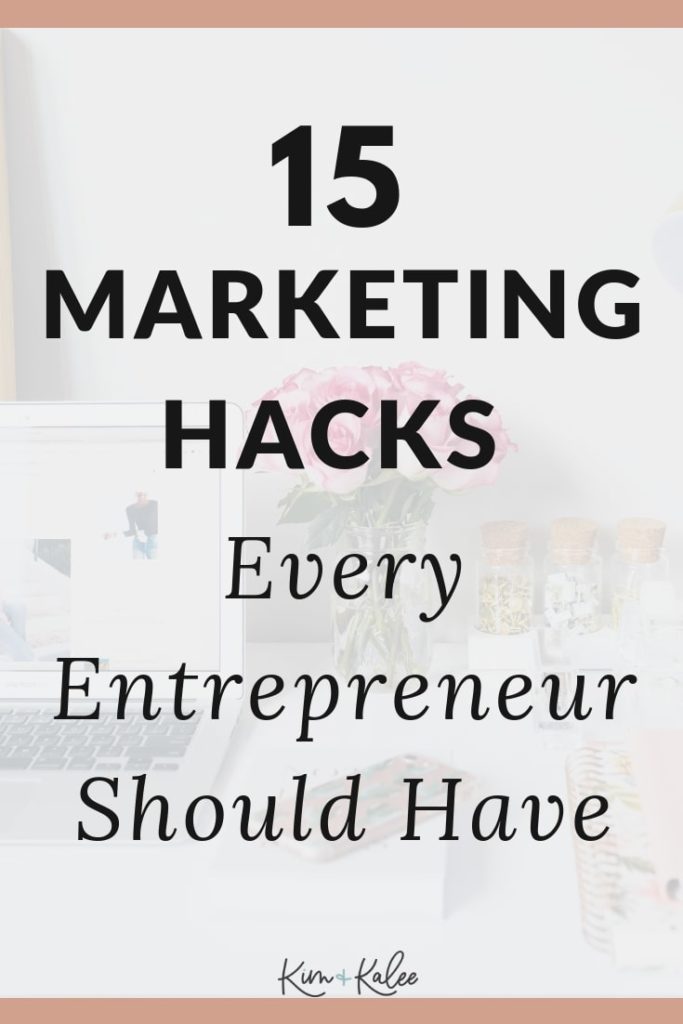
Need help on a certain platform? Check out our guides to Facebook, Instagram and YouTube!
15 Simple Hacks That Teach How To Brand Yourself Online
1. Be Aware of Visuals
First off, use a picture of you as your profile!
Okay – I feel like this would be a no-brainer. With that said, I have worked with people launching an online business that are so excited, ready to grow a huge brand, and then put up one of those stupid cartoon drawings of themselves.
Nope. Not allowed.
I don’t even think a logo is a good choice.
People want to connect with other people – not a logo or your cartoon. Even big brands like Geico (Flo) and Allstate (Mayhem) have introduced a person to represent their brand.
You have the perfect opportunity to build credibility and trust by showing a great picture of yourself on your website and social media channels.
I recommend investing in getting a headshot done, and then using that one photo across all of your online platforms.
If you’re uncomfortable being in front of the camera consider doing something related to your brand in the photo.
For example – if you want to be a successful food blogger, take a gorgeous smiling photo while mixing up some cake batter. If you’re a writer, consider a photo writing or at your computer.
You just want to make sure people can see your face and that you look happy.
You’ll also want to identify colors and fonts you want to use!
We suggest deciding on 1-2 fonts and 3-5 colors you’ll use for your brand consistently.
These things should match the vibe you’re going for (for example a life coach probably wouldn’t use murky browns and moody reds) and used consistently.
This will help your audience recognize your brand quickly and build trust with them.
2. Know Why You’re Doing This
Knowing why it’s important to brand yourself will clarify your message, as well as, remind you to push through on tough days.
If you’re not sure on why you’re marketing yourself online, ask yourself:
- Who am I trying to help?
- What problem can I help them solve?
- Which methods will I use to help them solve the problem?
- How will they feel once the problem is solved?
3. Know Your Audience
We have slightly identified your audience already above, but it’s important to take a minute to really visualize someone you want to help.
You may also want to look into your competitors in the industry. This will help you see what topics are resonating with your audience and give you inspiration for your own brand.
Looking at competitors will also show you how your audience communicates so that you can meet them where they are.
Once you’ve built an audience, it can be helpful to talk to them about what they’d like to learn next as well!
You can do this through:
- On-site or Instagram Story polls
- Quick 3-5 question surveys
- By asking a question at the end of a post
- Hosting a Q&A or chat
- Encouraging reviews
4. Be Unique
Every successful brand is positioned in a unique place in the market. Being unique is a strength!
Keep in mind, this means you may not be everyone’s cup of tea (remember, not everyone loves Howard Stern…but a lot of people love him!). It’s okay to not be liked by everyone – you just want to connect with YOUR audience.
One way to clearly show how you are different is to create a brand statement that tells your audience what you do and how you’re different.
For example:
We offer at home workouts for busy women to help them get healthy without spending hours in the gym. Unlike quick-fix weight loss program, we focus on a small changes that give our clients lasting results.
The italicized words show where we customized our brand statement.
Now it’s your turn:
I offer [your product or service] for [your ideal audience] to [who you help them]. Unlike [your competitors]. I [how you’re different].
5. Perfect Your Bios
You social media bios and about page should be clear and intentional when creating a brand. Both should describe who you are, what you do and why it matters to the reader.
Your Should Always Include:
- Your full name
- What you do / job title
- What makes you special or how you can help them
- Location
- Email to contact you
- Link to your website or social media channels
6. Focus on Your Strengths
Think about what people love about you – Are you natural on camera? A fantastic writer? Someone who tells it like it is? The friend that is always prepared and organized?
These are all places for you to excel and differentiate from other brands! Use these to your advantage!
By identifying where you are strong, you may also find some weaknesses. Maybe you’re super creative but lack follow through or hate getting bogged down in details. Then maybe you need a great virtual assistant to help with day-to-day pieces of your online business so that you have time to create content.
There is nothing wrong with delegating!
7. Be Authentic and Impeccable with Your Word
Delegating to your weak areas will allow you to be more authentic and your best self to your audience.
Think about it – if you’re tired, stressed, overwhelmed or burned-out, you can’t create great content. You aren’t yourself.
So it’s better to focus on what makes you special and only commit to things that you know you can do well. The only exception here would be if you’re trying something new outside of your comfort zone – then you should do it!
8. Offer High-Quality, Unique Content
People all over the world are sharing content. It can be tempting to try to create a ton of new content to attract more people to your brand. This is a great way to get burned out quickly!
It’s better to focus on creating high-quality content that is super valuable to your specific audience.
Before creating any content, ask yourself:
- What do people always ask me about?
- What’s something that would help my audience today?
- Where can I share that content once I make it? (social media, online groups, email list, etc)
- Is your focus on what will help your reader versus yourself?
9. Study What is Working for Others
Studying your competitors can help you see what is working well in your industry or niche. The idea here is to see what types of content are working and put your spin on it.
For example, if a competitor’s video on the Whole 30 is their most popular video, you might make a video showcasing your favorite Whole 30 recipe or a diet you follow.
Another way to study your niche is to find a mentor and learn from them.
10. Engage!
Part of building a successful online brand is engaging with others. We can’t just put content in the world and hope people show up.
We need to be engaging with our audience on social media and on our blog. Connecting and following up shows your gratitude for your audience and builds trust.
It’s also important to engage with other people in your niche and to surround yourself with like-minded people. This will help you grow as a person, business and give back to your community.
11. Build a Site or Blog
We are very adamant that every online entrepreneur needs a website. It’s pretty affordable and super simple to set up a blog now! You can literally do it on your own within an afternoon!
There really is no excuse not to start a blog.
The reason we’re so insistent is because a site or blog is a piece of the internet you own. Yes, you can build a huge brand on Instagram or on another social media channel – but you don’t own that platform. They could change the algorithm or shut down, and you’d lose that content and creditability.
Also – websites have stood the test of time online. People may transition from Facebook like they did Myspace, but people will forever be searching out the answer to a question online.
Get Our Step-by-Step Guide to Start a Blog or Learn How Bloggers Make Money
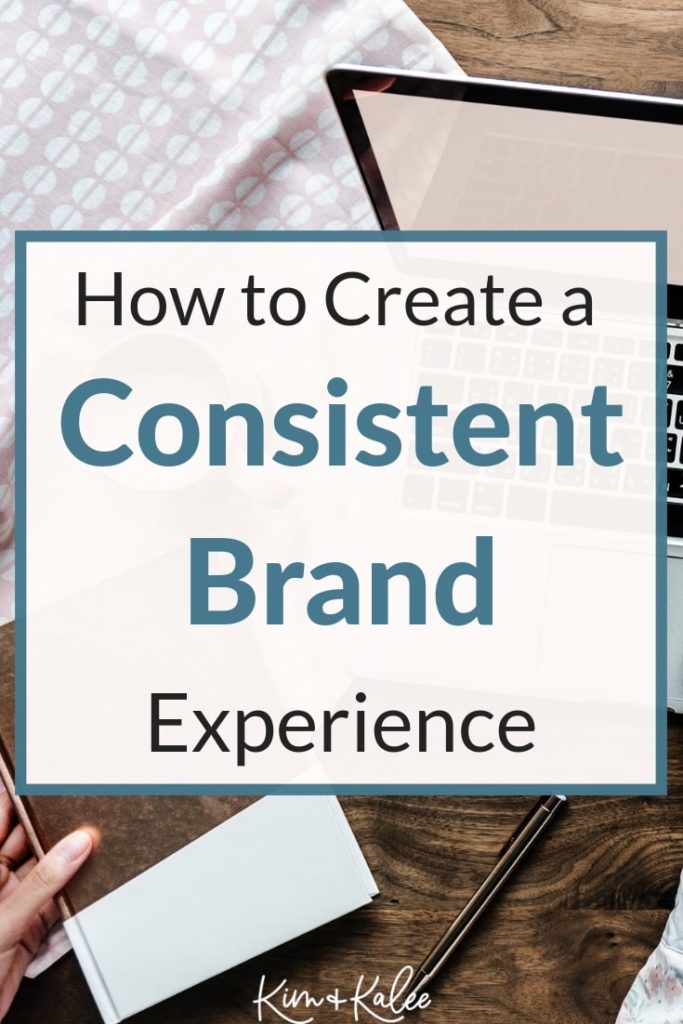
12. Be Consistent
All of these tips depend on you being consistent with your branding and content.
Being consistent isn’t just when and how often you post on social media.
We want to see that your voice and message is consistent in every piece of content you publish.
Your photos, bios, and name should be the same across all of your platforms as well.
You should also use the same colors and fonts across platforms to make it easy for readers to recognize your brand anywhere.
13. Set Up A Personalized Email
One way to build your branding and creditability is to step up a custom Gmail. This means it can say team@kimandkalee.com versus something @gmail.com.
This is such a simple thing to do and costs under a dollar a day. You can get our guide to setting up a custom gmail on our blog guide.
14. Keep Your Message Focused & Simple
It can be tempting to talk about all of your passions online. Sometimes it’s even good to mention your lifestyle versus just focusing on your business; however, your message should remain focused.
For example, if you’re a hair stylist, you’d want to feature your work and tips on your platforms the majority of the time versus your kids, your dog, what you ate, and so on.
You can always mix in some behind-the-scenes pieces into your brand, but remember – people are following you for a specific reason.
Always make sure you can hear your voice and message in your content even if the topic is a little different than your normal content.
15. Don’t Be Afraid to Adjust Your Strategy
Now that you have your game plan to creating a brand online, it’s important to be flexible.
You may see that 75% of your revenue comes from ads or that 65% of your traffic comes from Pinterest after a few months. You can always focus in on what is working and adjust what isn’t.
Your message and audience will more than likely stay the same, but how you present your brand may change over time.
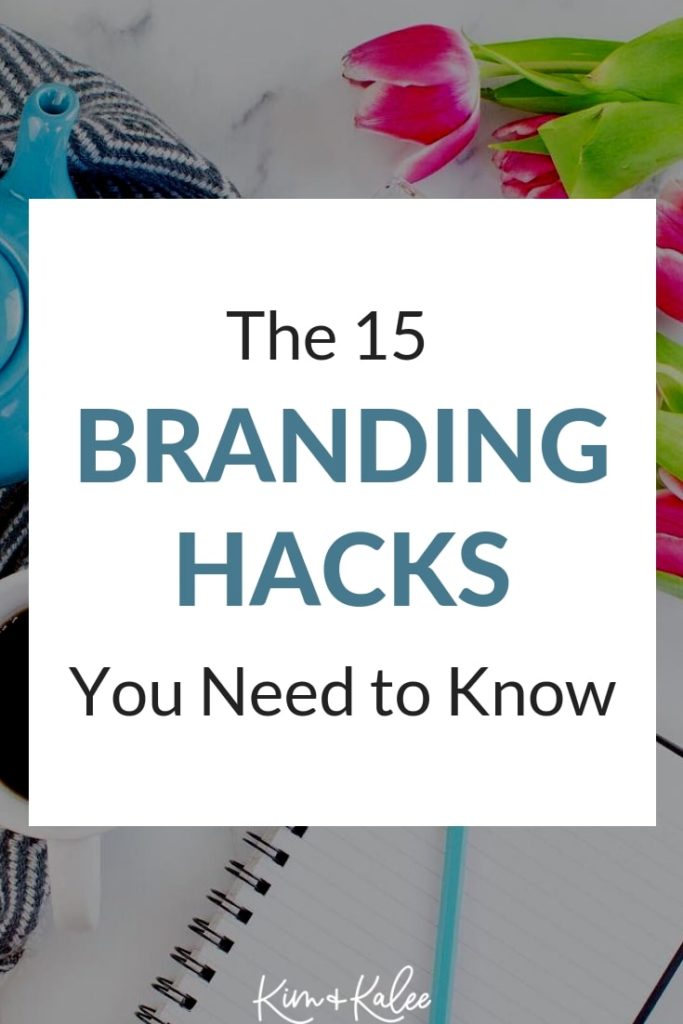
Recap: How do you brand yourself online?
We’ve covered so much in this one post!
Just to recap the best ways to brand yourself online are:
- Identify what makes you unique
- Take time to get to know your audience and their needs
- Choose your headshot, fonts, and colors you’ll use
- Focus on why you’re creating a brand & how you’ll help your audience
- Be clear and intentional on your bios and about page
- Focus on your strengths
- Be authentic
- Create high-quality content for your audience
- Study what is working for others in your niche
- Engage with like-minded people
- Start your website
- Be Consistent
- Create your customized email
- Keep focused on your message
- Adjust your marketing strategy as needed
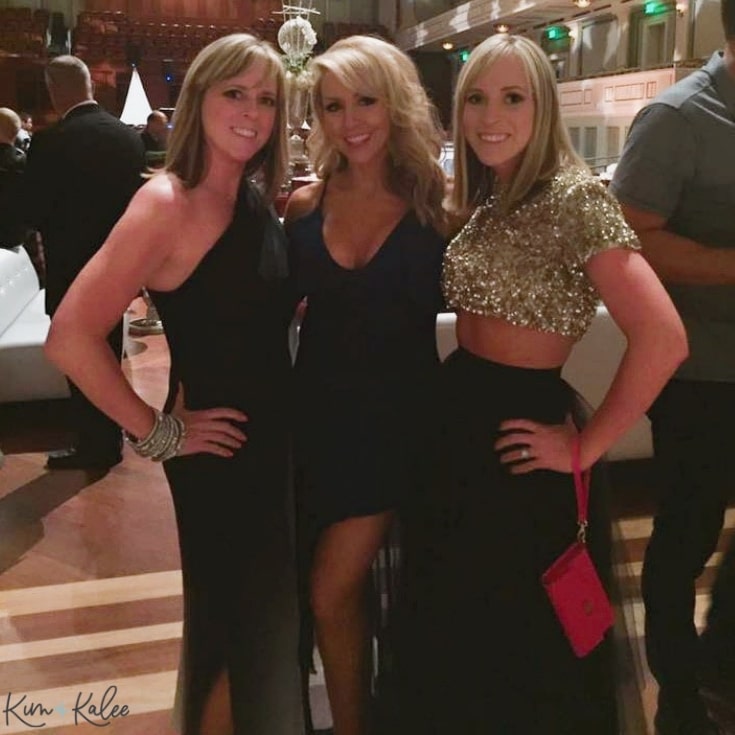
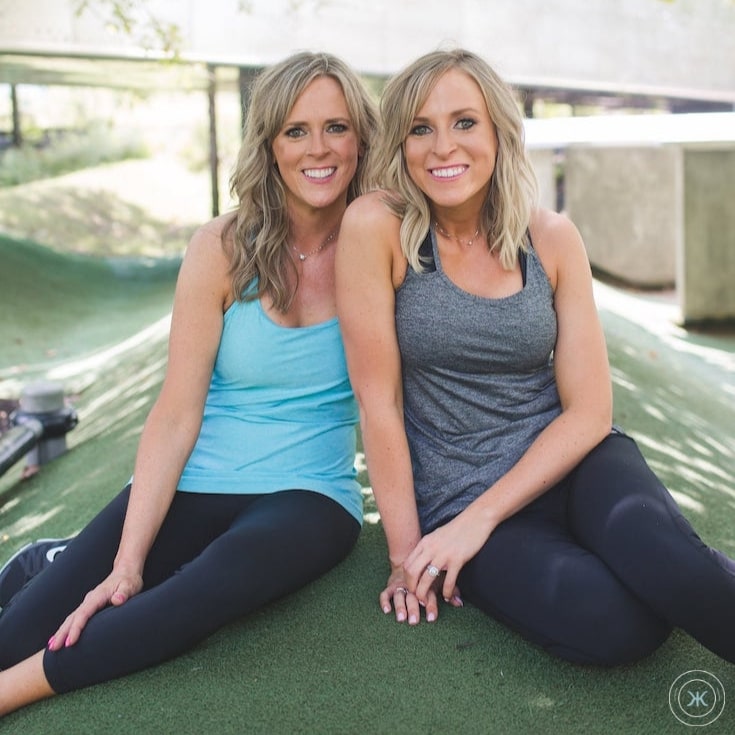



I would really love to receive: “GET OUR BEST MORNING ROUTINE CHECKLIST!” It gives me a 404 error page.
Oh No! I’m so sorry about that – I just hopefully manually sent it to you. Will you let me know if you got it? (Also, did you fill out the form inside a post, as a pop-up, or at the bottom of the page if you don’t mind me asking so I can fix it)